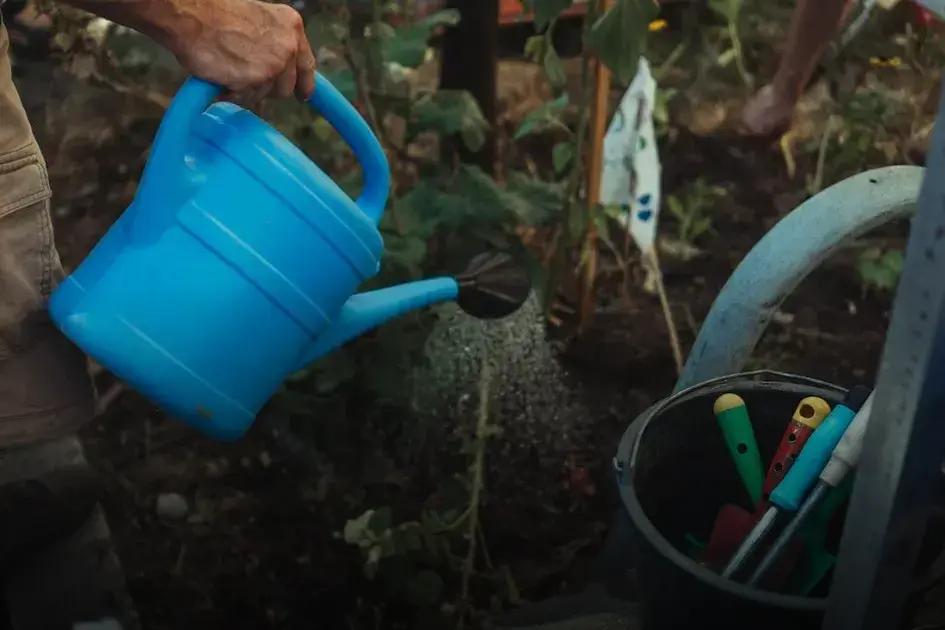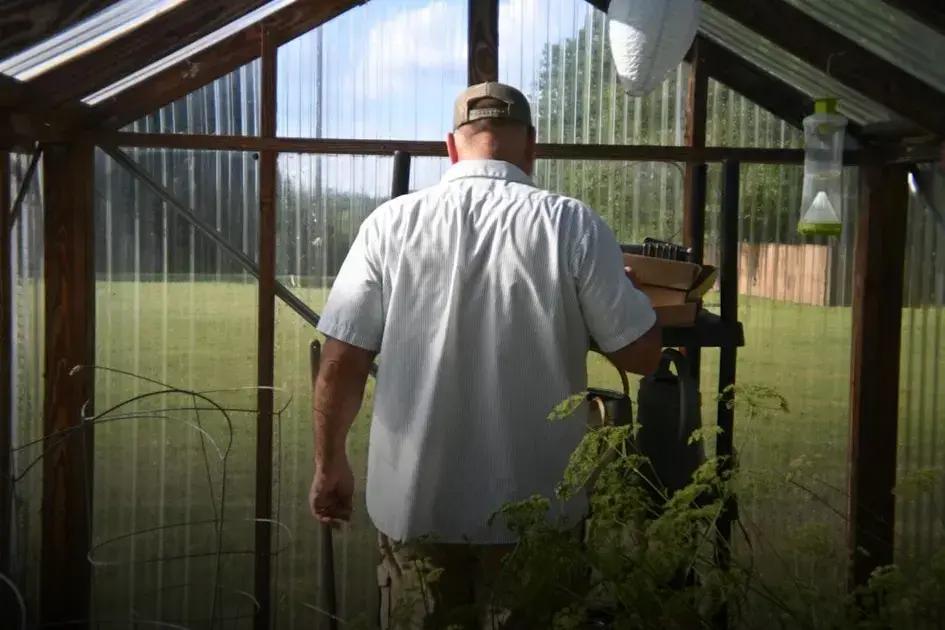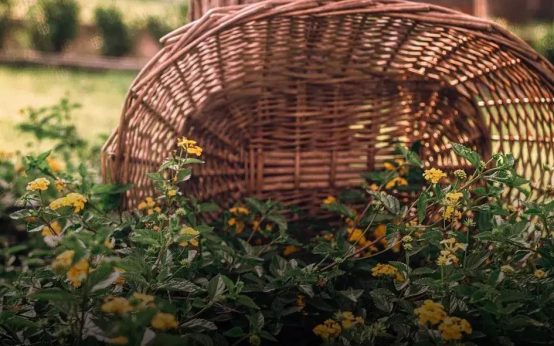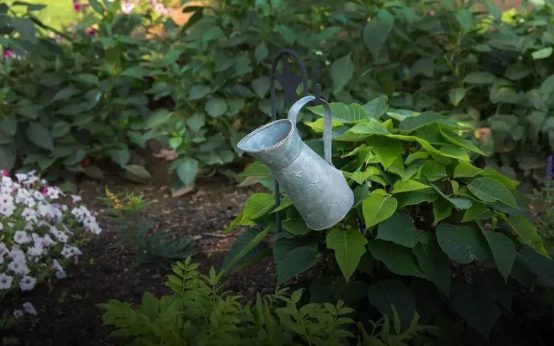Maintaining a beautiful lawn can seem challenging with issues like weeds and pests. However, by understanding these common lawn problems, you can effectively manage them and keep your grass green and inviting. In this post, we’ll explore how to identify and deal with these issues to ensure a thriving lawn. Let’s delve into some practical strategies and preventative measures to attack pesky weeds and curb those bothersome pests.
Understanding the Impact of Weeds on Your Lawn
Weeds can significantly affect the health and appearance of your lawn. These unwanted plants compete with grass for resources such as sunlight, water, and soil nutrients. This often leads to sections of your lawn becoming thin and weak. Weeds can grow much faster than grass, quickly taking over large areas if not controlled.
Some common lawn weeds include dandelions, crabgrass, and clover. Each type of weed has unique characteristics that allow it to thrive in different conditions. For example, dandelions have deep taproots that make them hard to remove, while crabgrass spreads aggressively during the warm months.
Understanding the Damage Weeds Cause
Weeds can also harbor pests, which may lead to further damage. Over time, a dense cover of weeds can alter the soil’s pH balance, making it less favorable for grass growth. They can create an uneven surface that makes mowing challenging and can disrupt the overall aesthetic appeal of the lawn.
It’s essential to recognize that some weeds can produce allergens, affecting those with sensitivities. Regular lawn care and maintenance are crucial for minimizing the impact and presence of weeds, ensuring that the grass remains the dominant plant species in your lawn.
Identifying Common Lawn Pests and Their Effects

Identifying the pests that invade your lawn is crucial for maintaining its health. Common pests like grubs, ants, and chinch bugs can cause significant damage. Grubs feed on grass roots, leading to brown patches and soft areas underfoot. These larvae of beetles are found just below the soil surface and are often visible when the grass is pulled back. Ants, especially fire ants, can create unsightly mounds and even pose a threat to people and pets that wander onto the lawn.
Chinch bugs are small, hard to spot, but leave behind yellowed grass, especially in sunny areas. They suck out the sap from grass blades, eventually killing the turf. Other notable pests include armyworms and cutworms, which chew on grass blades, leaving behind brown patches or rings.
Effective monitoring and identification are critical for early intervention. Spotting signs of pest damage early on means you can address the problem before it causes widespread damage. Picture carefully inspecting your lawn, looking for dead spots, irregular growth, or increased bird activity which often indicates the presence of grubs. Being observant of these signs helps you take appropriate action promptly.
Effective Strategies to Control Lawn Weeds
Managing lawn weeds effectively is crucial to maintaining a vibrant and healthy grass area. Weeds compete with grass for nutrients, sunlight, and water. Implementing strategic control methods can greatly reduce their presence.
Manual Removal
This method, although labor-intensive, is often the most effective for small infestations. Pulling them out by the root ensures they don’t grow back. It’s best done when the soil is moist for easier root removal.
Chemical Control
Herbicides offer a convenient option for larger areas. Selective herbicides target specific weed types without harming grass. Always follow the manufacturer’s instructions and choose the right time of year for application to maximize effectiveness.
Cultural Practices play a role in weed prevention. Regularly aerating your lawn and mowing at the correct height can prevent weeds from taking over.
Implementing these strategies helps create a healthier lawn. A healthy lawn is less likely to be overrun by weeds, as dense grass can crowd out unwanted plants, keeping your lawn lush and beautiful.
Preventative Measures for Pest Infestation

To safeguard your lawn from pests, adopt a proactive approach. Regular inspections can help you spot early signs of infestation. Check for unusual discoloration, wilting, or holes in your plants.
Proper Lawn Maintenance: Keeping your lawn healthy with regular mowing, watering, and fertilizing can create an environment that’s less conducive to pests. Healthy grass has a stronger ability to resist infestations.
Use Natural Predators: Encourage beneficial insects like ladybugs and lacewings that naturally control pest populations. These allies can play a crucial role in keeping pests at bay.
Clean up debris and fallen leaves. Such materials can harbor pests like slugs and snails that may damage your plants. Ensure good drainage to avoid standing water, as it can attract mosquitoes and other pests.
Choose Resilient Grass Varieties: Certain grass types are more resistant to pests and diseases. By opting for these varieties, you can naturally reduce the risk of infestations.
Consider Companion Planting: Some plants can deter pests when they are placed together. You can plant herbs like rosemary and mint that repel certain insects.
Regular monitoring and maintenance are key. By taking these preventative measures, you can minimize pest issues and maintain a vibrant and lush lawn.
Maintaining a Healthy and Lush Lawn
To maintain a healthy and lush lawn, it is crucial to create the right environment for grass growth while minimizing stress and disease risks. Start with regular mowing, ensuring that the mower blades are sharp to reduce damage to the grass. Maintain the grass height at about 2.5 to 3 inches to support root development and shade the soil, which deters weeds.
Watering Techniques
Water your lawn deeply but infrequently to encourage deep root growth. It is best to water in the early morning when temperatures are cooler to reduce evaporation and fungal growth.
Aeration and Fertilization
Regular aeration prevents soil compaction and improves air exchange and water penetration. Applying the right type of fertilizer based on soil testing will provide your grass with the nutrients it needs to thrive. Consider using organic fertilizers which help in maintaining the lawn’s health over time.
Integrate these practices into your lawn care routine and watch your lawn flourish, free of the common issues caused by weeds and pests.


 Water-Saving Gardening: Top Tips for a Drought-Resistant Yard
Water-Saving Gardening: Top Tips for a Drought-Resistant Yard  Attracting Birds to Your Garden: Plants That Bring Them
Attracting Birds to Your Garden: Plants That Bring Them  How to Start Composting at Home: A Beginner’s Guide
How to Start Composting at Home: A Beginner’s Guide